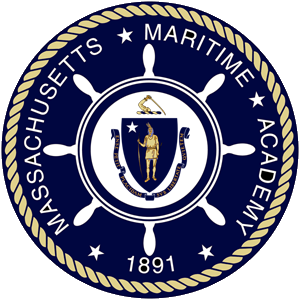OICEW Task 4.2.A
Understand safety and emergency procedures for propulsion machinery
MMA Method
In order to satisfy NVIC 17-14 Task 4.2.A , MMA students must:
- Pass MMA Course EN-4131 Internal Combustion Engines II
NVIC Method
See NVIC method.
| STCW Competence |
Knowledge, Understanding, and Proficiency |
|
Operate main and auxiliary machinery and associated control systems
|
OICEW-A4.2 Safety and emergency procedures for operation of propulsion plant machinery, including control systems
|
| Condition | Behavior | Standard |
|---|
|
On a vessel of at least 1,000 HP, or in a laboratory or workshop,
|
the candidate identifies and describes safe working practices and safety equipment and identifies and describes actions to be carried out during steering gear failure and scavenge fires
All
The assessment is required for all OICEW endorsements regardless of any limitations for propulsion mode and/or vessel equipment.
|
The candidate:
Safety
Identifies types and use of appropriate safety equipment; and Describes safe working practices both within the engine room as well as elsewhere on the ship, including:
a. Lockout/tagout procedures;
b. Emergency operating procedures for critical equipment; and
c. Use of standby crewmembers as backup.
Emergency
Describes steering gear emergency operations, including:
a. Failure of steering gear control from bridge; and
b. Failure of electrical power to all systems; and Describes how to respond to scavenge fires, including:
a. Stopping the engine;
b. Shutting the fuel and air supply to the engine;
c. Tightly closing the scavenge drains;
d. After waiting the period of time specified by the engine manufacturer, thoroughly inspecting the engine's crankcase, trunking, cylinders, and pistons;
e. Providing proper fire extinguishing elements such as carbon dioxide, dry powder, etc. to fight possible re-flash as a result of hot spots; and
f. Making no attempt to immediately open the scavenge trunk or it might lead to a severe explosion – consults manufacturer’s instructions.
|
